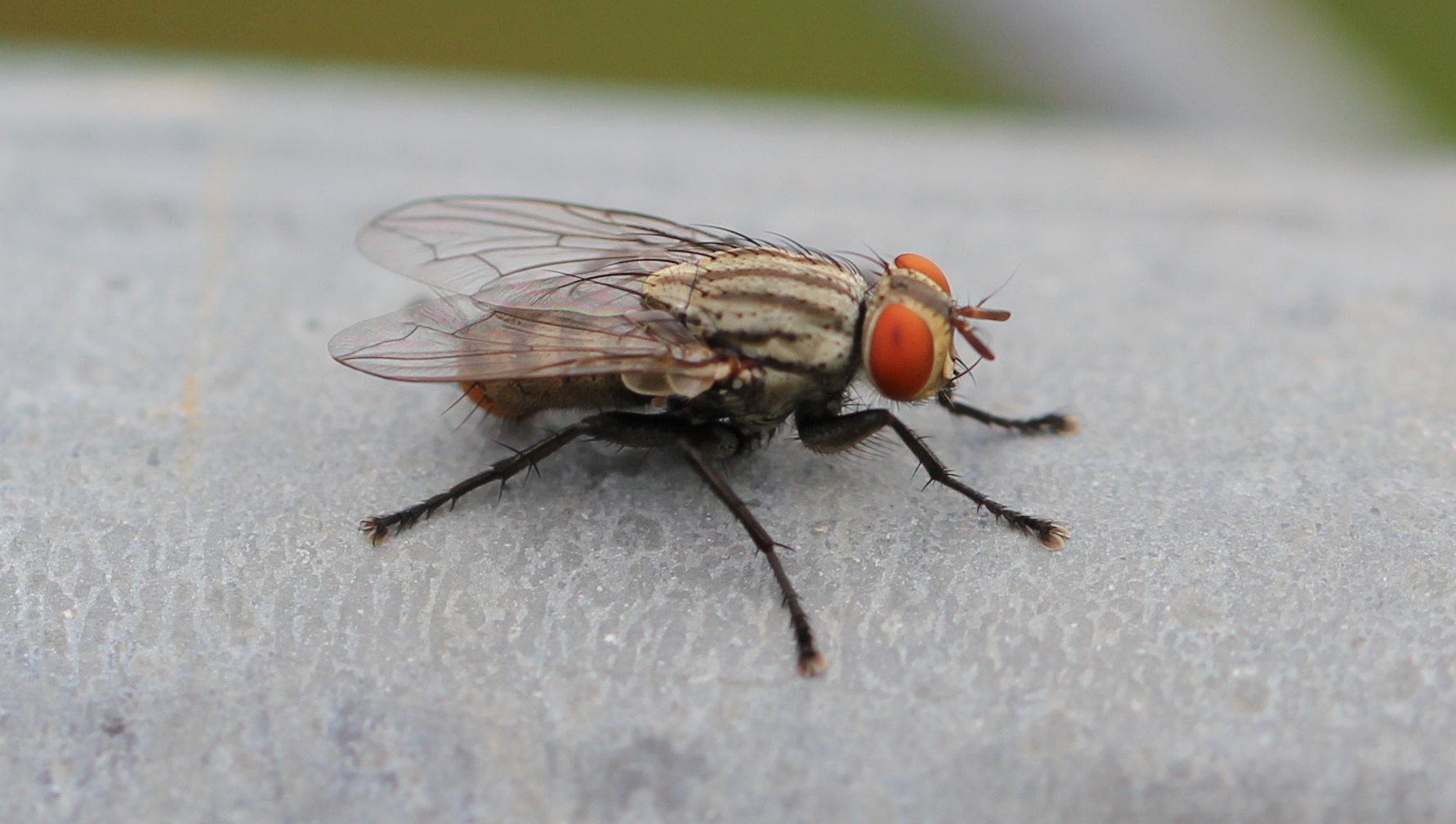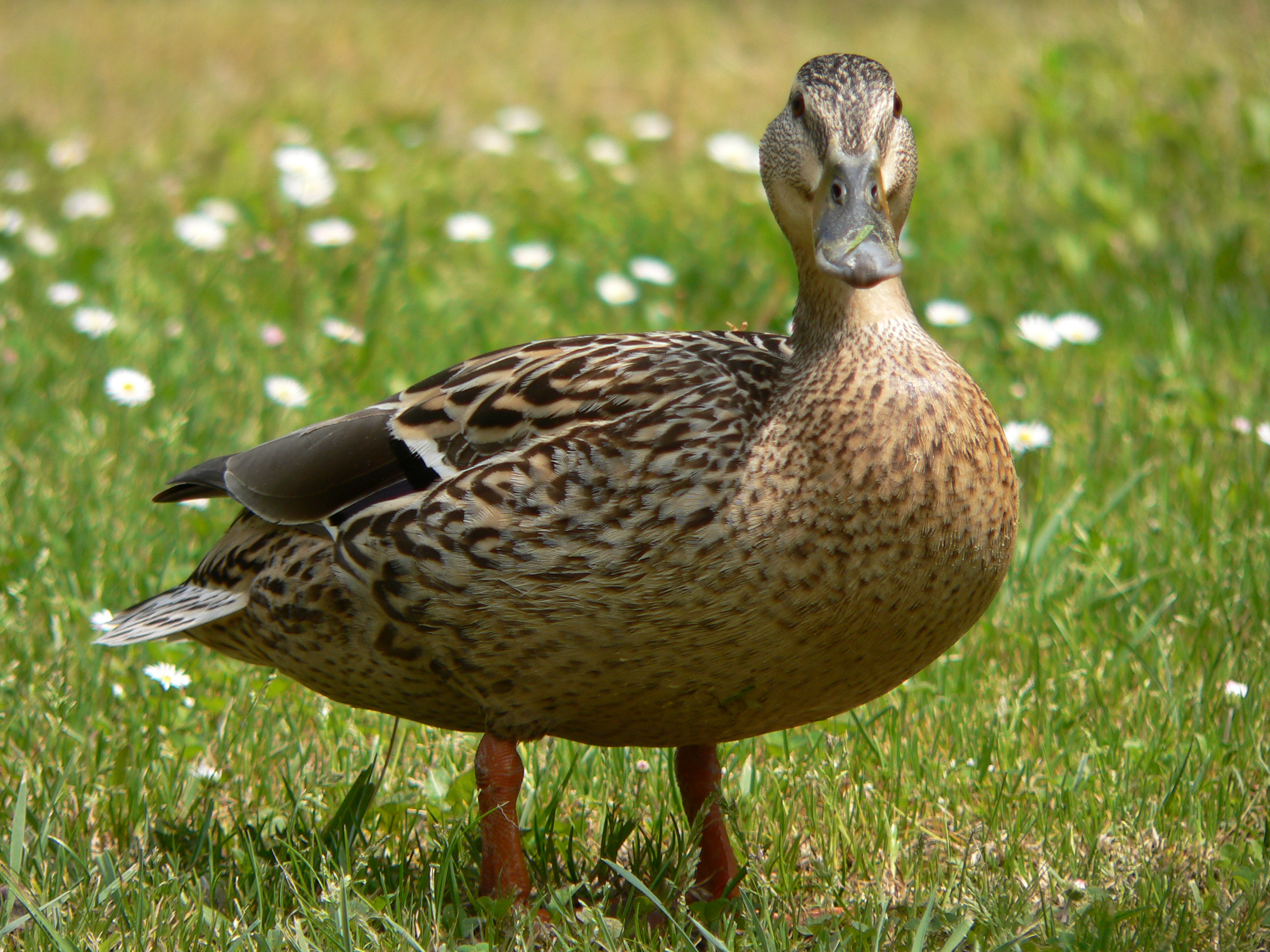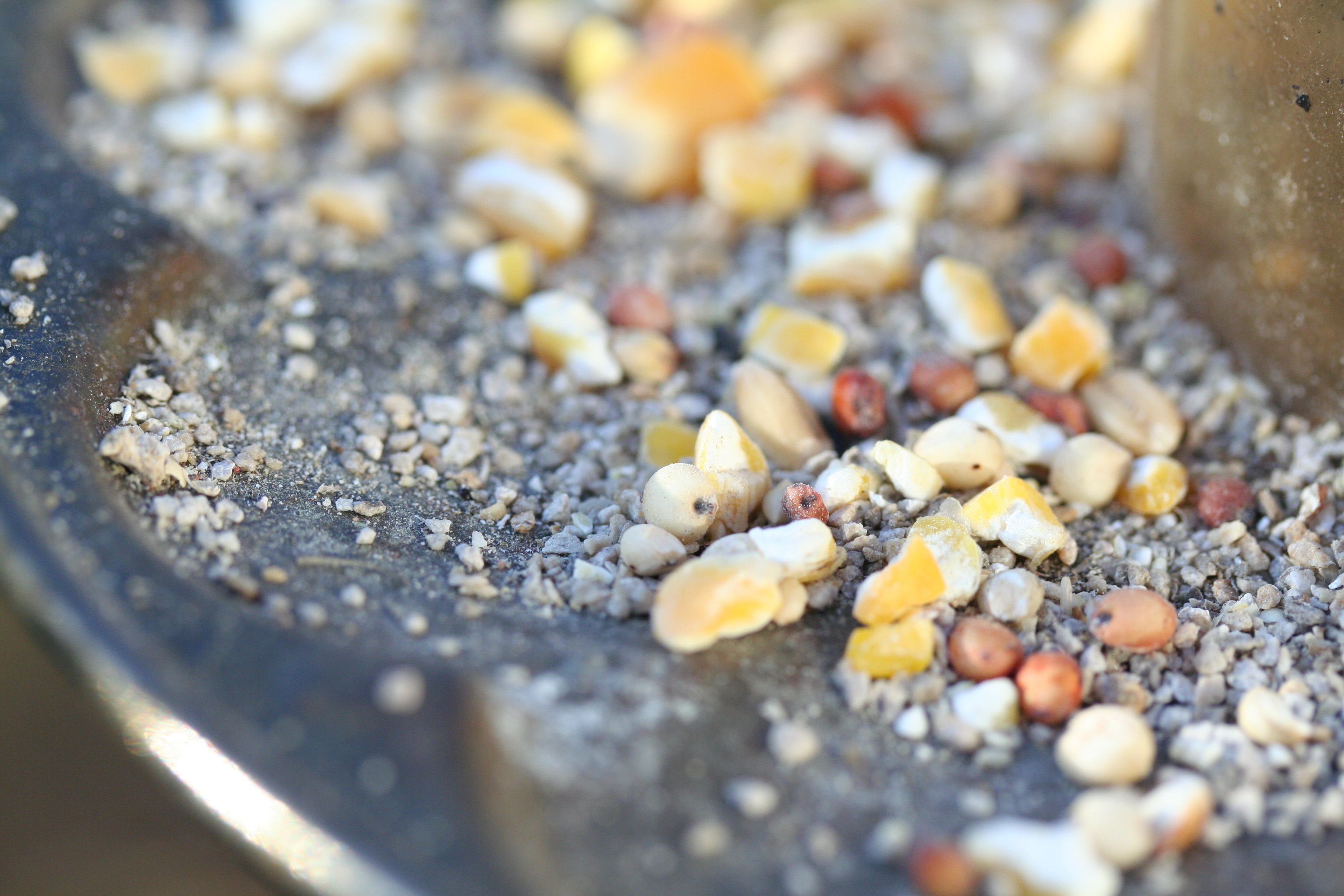How to Make a Fly Trap
Not only are flies annoying, but they are disgusting too. They can spread diseases just by landing on your food, without your even noticing. They can ruin the time you spend outside trying to relax, and they can sneak inside every time you open the door. And while raising animals and having a compost pile … Read more








